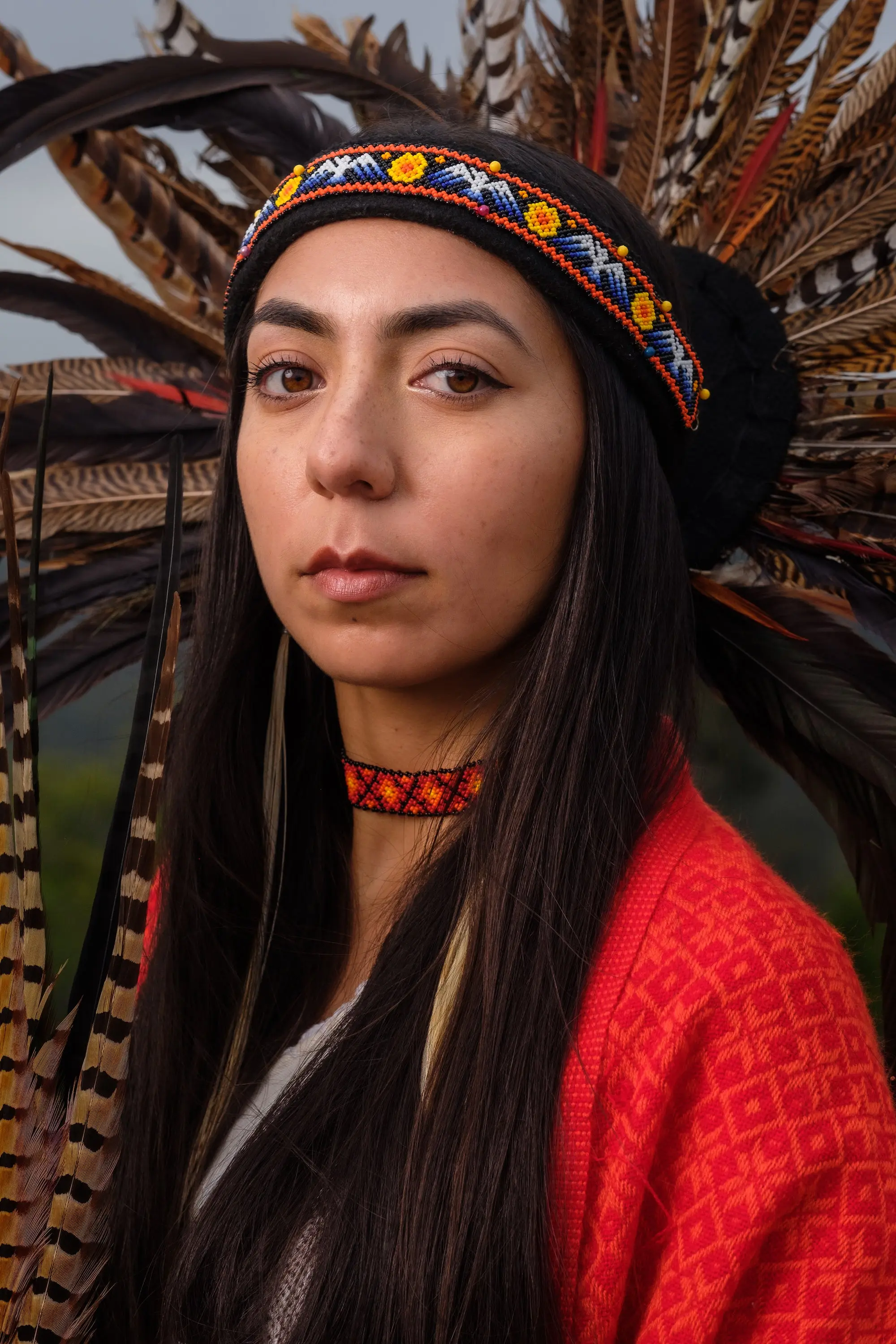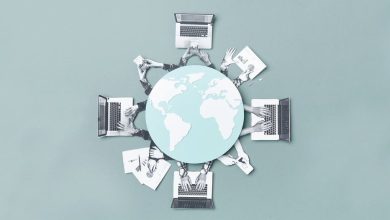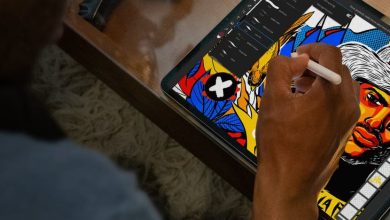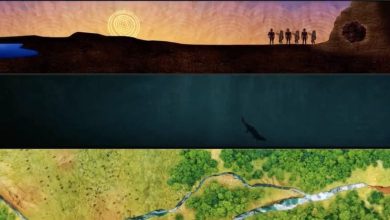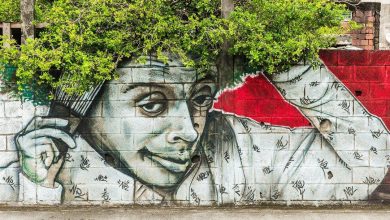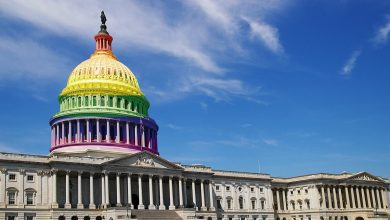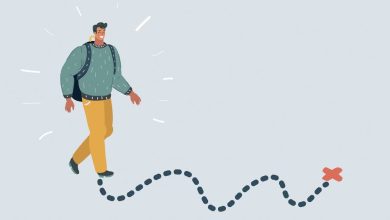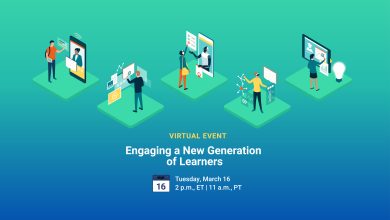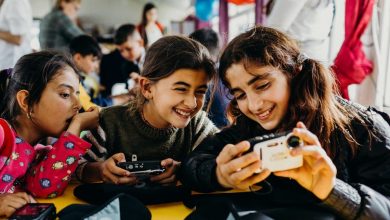Lending a voice to protect Indigenous Peoples
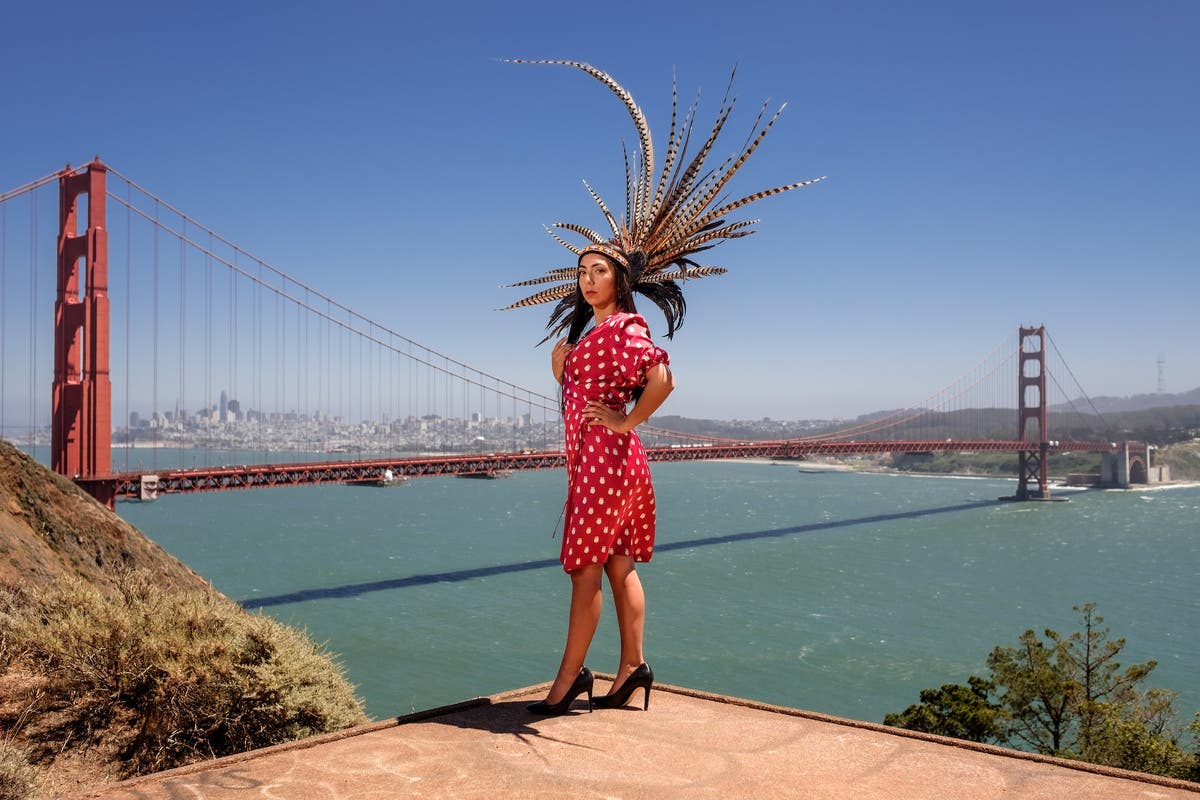
Photo credit: Sings In The Timber
August 9 marked International Day of the World’s Indigenous Peoples. Established in 1994, the day commemorates the first meeting of the UN Working Group on Indigenous Populations. The day is celebrated across the globe with cultural performances and events to bring awareness to issues affecting the world’s Indigenous communities.
To honor this holiday, we talked with Natalie Contreras, an Adobe employee and advocate for the rights of Indigenous peoples. Natalie joined Adobe through the Adobe Digital Academy, which offers individuals from nontraditional backgrounds an accelerated path to launching successful tech careers. She now manages the Adobe Digital Academy program, including the current cohort of interns and the alumni community networks.
Can you share a little about your heritage?
I identify as a multi-lineage descendant. My mom’s family is from the states in Northern Mexico of Michoacán, which is home to the Purépecha nation, and Durango, which is inhabited by the Tepehuán people. My dad’s family is from Mexico City and Jalisco, and those are Coca and Guachichil territories. My grandparents from both sides were in the Braceros Program as contract farm workers in the U.S. and eventually settled in what is now San Francisco, in the Mission District.
Why do you feel that Indigenous history is important?
I deeply appreciate the Mesoamerican cosmovision — that’s the larger interconnected scope of the Indigenous peoples across what some called “Turtle Island” (North America and South America). I connect to my Indigenous identity through traditional dance and song from these cultures. It’s a way to feel that interconnectedness with other communities.
I also want to acknowledge I’m a visitor on ancestral land of Indigenous Peoples. Where I was born, San Francisco, is known as Ramaytush Ohlone territory of the Yelamu tribe, and the names of the primary villages that were occupied by the Yelamu included a village site called Chutchui along Mission Creek, which is present-day Mission Dolores. It is important for me to speak on this because it’s important to acknowledge and center Indigenous people who have known and stewarded a relationship to the land, and whose descendants are alive today reclaiming their cultural heritage and traditions. I think it’s important to always give remembrance to the folks whose space I occupy.
Photo credit: Sings In The Timber
How did you start with traditional song and dance, and how does that allow you to connect with your heritage?
I was taking an ethnic studies class the summer before I went to college, and we had to do a presentation about cultural traditions. I begged my sister to take me across the bridge to a practice for a group that someone had started in the East Bay.
I really remember that day — as soon as I got out of the car, I could hear the drumming inside. When I opened the door, I was totally immersed, because you don’t just hear the music. You feel it.
I’ve now been dancing for over 12 years, with weekly practice and attending ceremonies like Indigenous Peoples Day on Alcatraz, as well as meeting with other Kalpullis who visit. Kalpulli is what we call these groups; it’s a Náhuatl word meaning house. It’s really cool because it’s all very intergenerational, and I love seeing it continue to represent many diasporas.
Why is International Day of the World’s Indigenous Peoples important?
There are people all over the world who are working against resource extraction in their communities, fighting for the right for sovereignty. It’s important to honor them and bring that global awareness to protect not just culture and traditions, but also the environment.
I’ve learned that Indigenous identity means being so much a part of the land that it no longer belongs to you; you are an essence of that land. We protect and we honor what we know is source and sustenance. It’s not just for ourselves — it’s for everyone.
How has the pandemic affected Indigenous communities?
In communities that were already facing a lack of resources and funding, the pandemic exacerbated those differences. The mortality rates are basically unheard of in some areas, and I think that’s being felt on a global scale. It has particularly endangered the elder community, which risks the loss of important culture, language, and history.
Simultaneously, some also had to evacuate due to wildfires in California last year. I wanted to help rally Indigenous leadership and give them tools and resources to help. I actually got to use my web development skills to help create a landing page for a local native tribe on the coast to help distribute relief grants across the community. We made the site accessible to people of all ages so community members could quickly update addresses and other information, which allowed relief to be distributed faster.
How can people help Indigenous communities?
That’s a really big question. Consider: What responsibility do I have? What can I contribute? How can I lend my voice?
I hope to raise awareness on the struggles of Indigenous people who are fighting for their right to access basic human rights, safe drinking water and sovereignty, and also to the disproportionate violence towards Murdered and Missing Indigenous Women Girls & Two Spirit relatives.
Here in the Bay Area, the Ohlone people are fighting to protect ancestral land and repatriate remains of traditional shellmounds. We also see headlines about the discovery of remains of Indigenous children in Canada. It’s critical to acknowledge and understand Indigenous issues and atrocities in order to make progress.
I encourage people to visit the Native Land app project to know the name of the people whose land you occupy; explore the Sogorea Te’ Land Trust, a matriarch-led group that advocates for the return of land to Indigenous people; and overall strive to understand local Indigenous perspectives.
Whether it’s lending your voice or supporting organizations that are doing work on the ground, you have lots of opportunities to raise awareness and defend Indigenous people.
Source : Adobe

